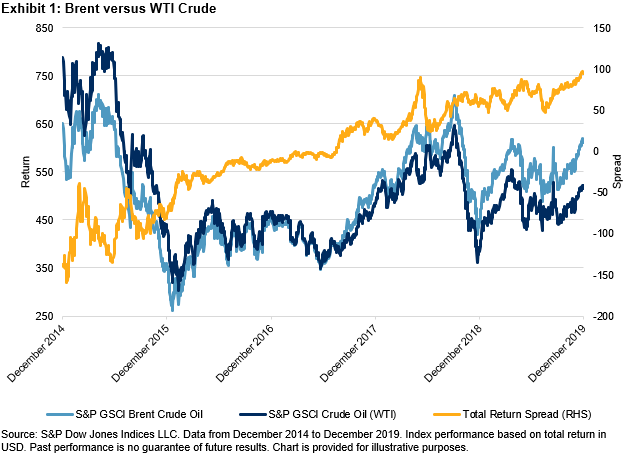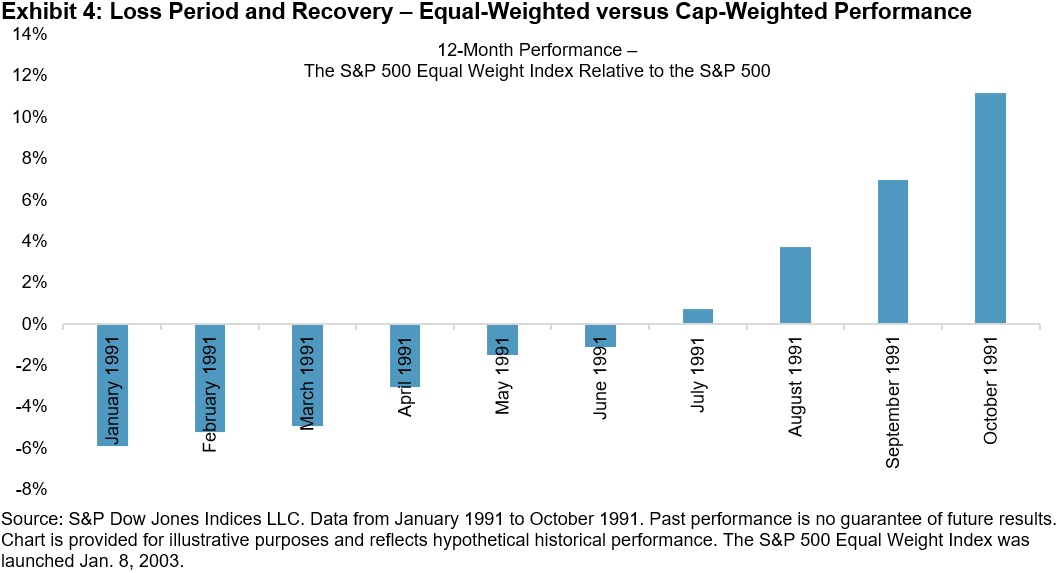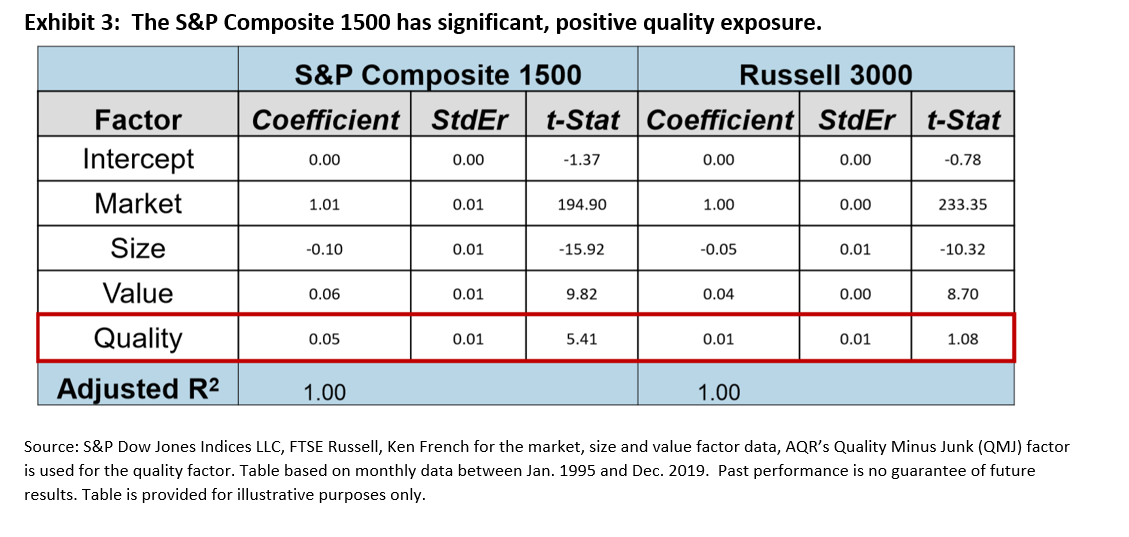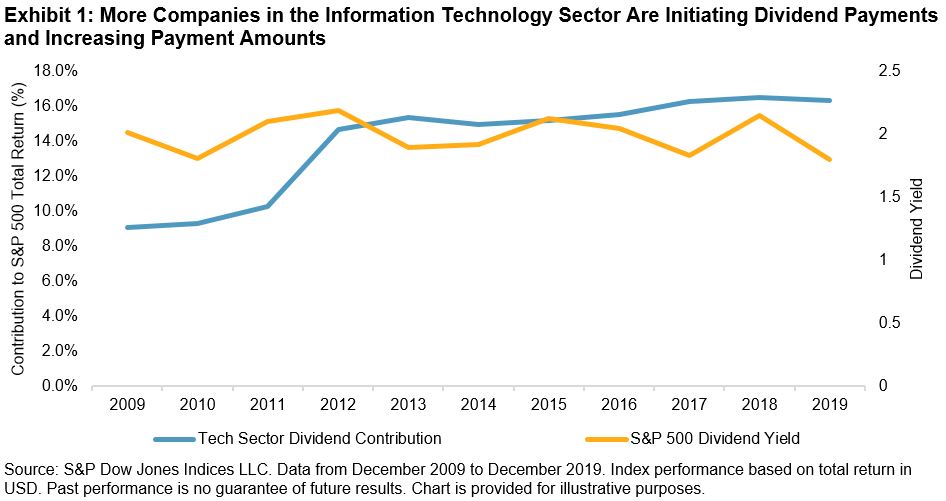Through Feb. 20, 2020, the S&P 500 Low Volatility Index® is up 5.9% compared to a gain of 4.7% for the S&P 500. Equities roared out of the gate in 2020 but a hiccup in late January allowed Low Vol to catch up and eventually overtake the S&P 500. Those who are familiar with low volatility strategies are not surprised. The strategy’s explicit goal is to muffle the magnitude of movements—in both directions.
By design, Low Vol aims at protection and participation. A well-designed low volatility index should go down less when the market is down but also go up less when the market is up. Strong markets are the worst environments for low volatility indices, which generally underperform by the largest margin then. But the trajectory of strong markets also play a role in Low Vol’s performance. Choppiness tends to be Low Vol’s best friend. (Relatedly, the S&P 500 High Beta Index usually does well in strong markets but in this choppy environment, the index is up only 2.2% through Feb. 20, 2020.) Strong markets are generally not times for Low Vol to shine but choppiness often allows Low Vol to close the lag (and occasionally even overtake the lead).

Following the market’s strong finish at the end of 2019, it’s not surprising to see that volatility declined across all eleven S&P 500 sectors.

The latest rebalance for the S&P 500 Low Volatility Index is effective after market close Feb. 21, 2020. Industrials had the biggest increase in weight which came largely at the expense of Real Estate. Consumer Discretionary and Technology experienced the largest reduction in volatility at the sector level but Low Vol only added an extra percent to its Technology holdings while Consumer Discretionary actually experienced a reduction in weight, pointing to higher relative volatility at the stock level.

The posts on this blog are opinions, not advice. Please read our Disclaimers.



























































